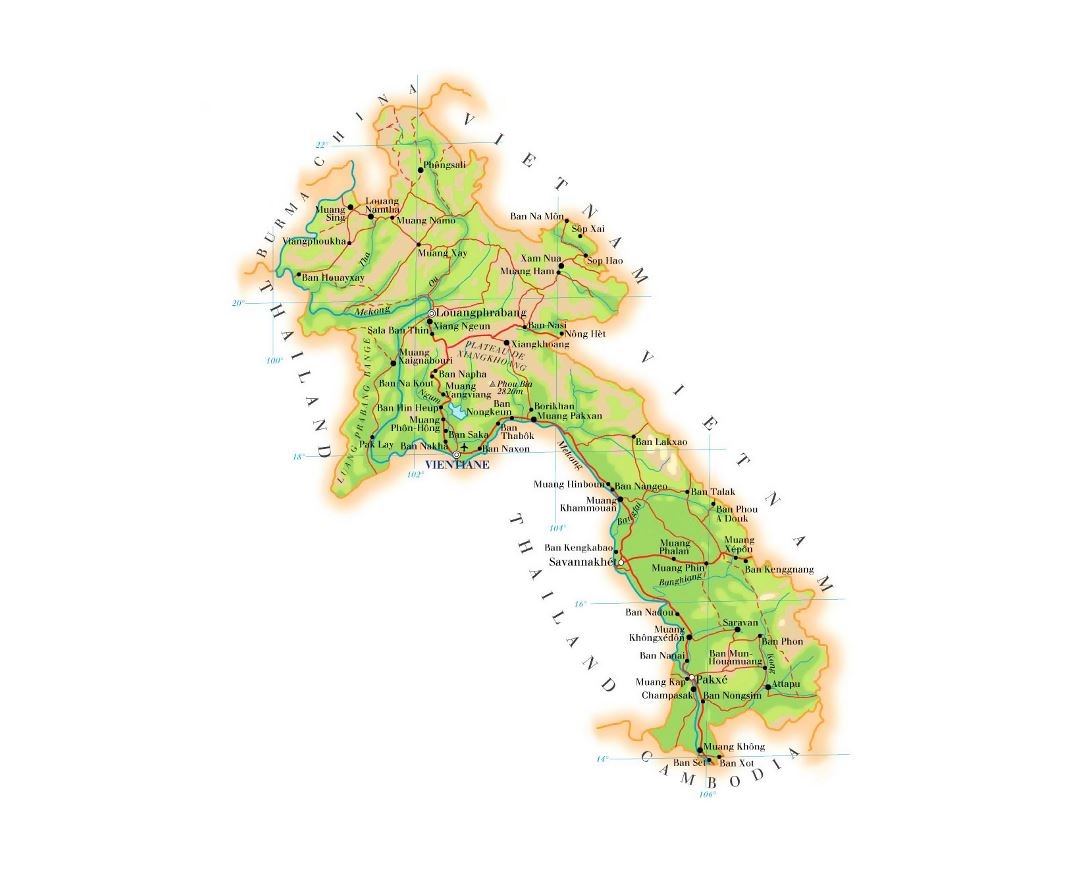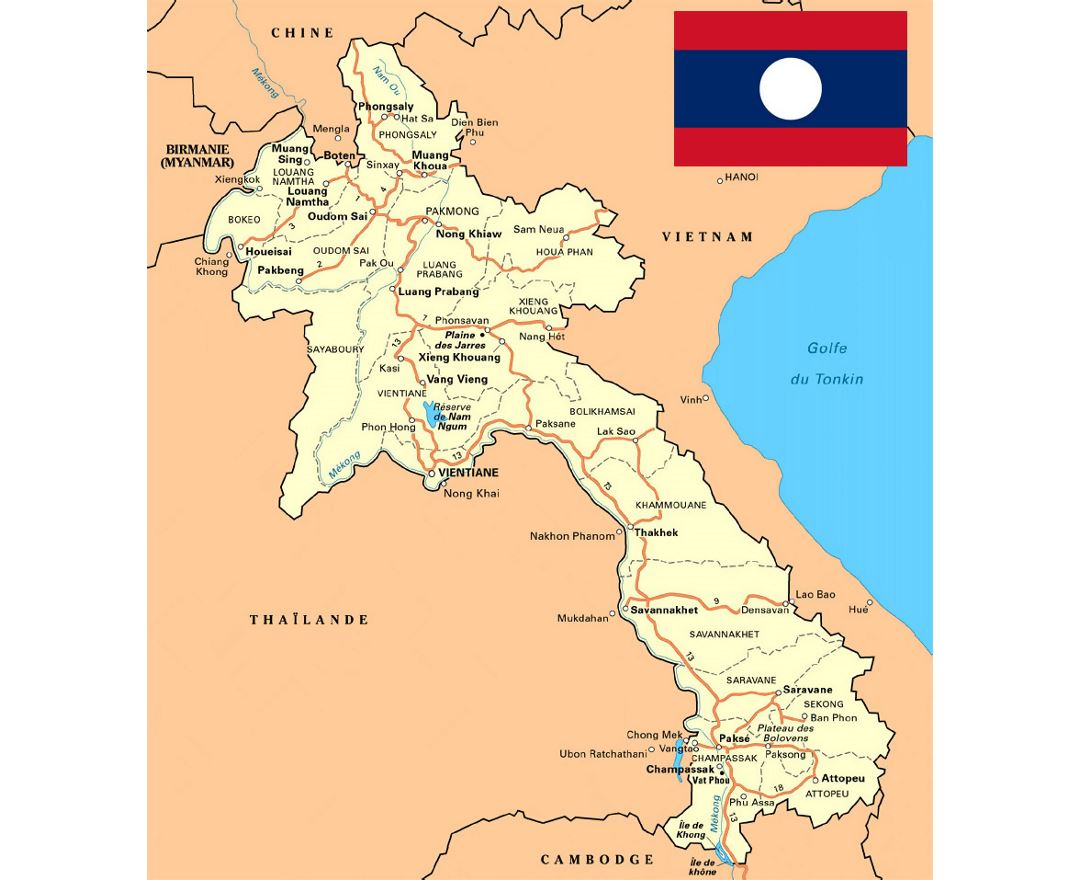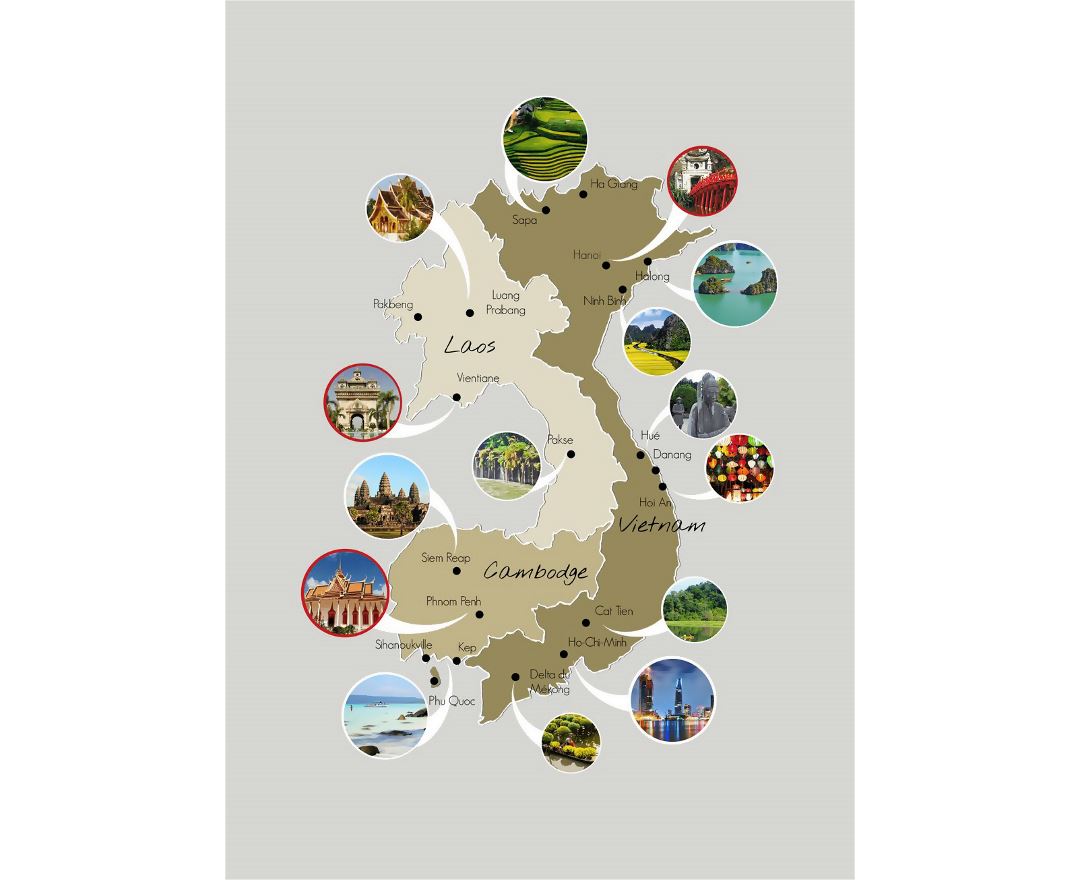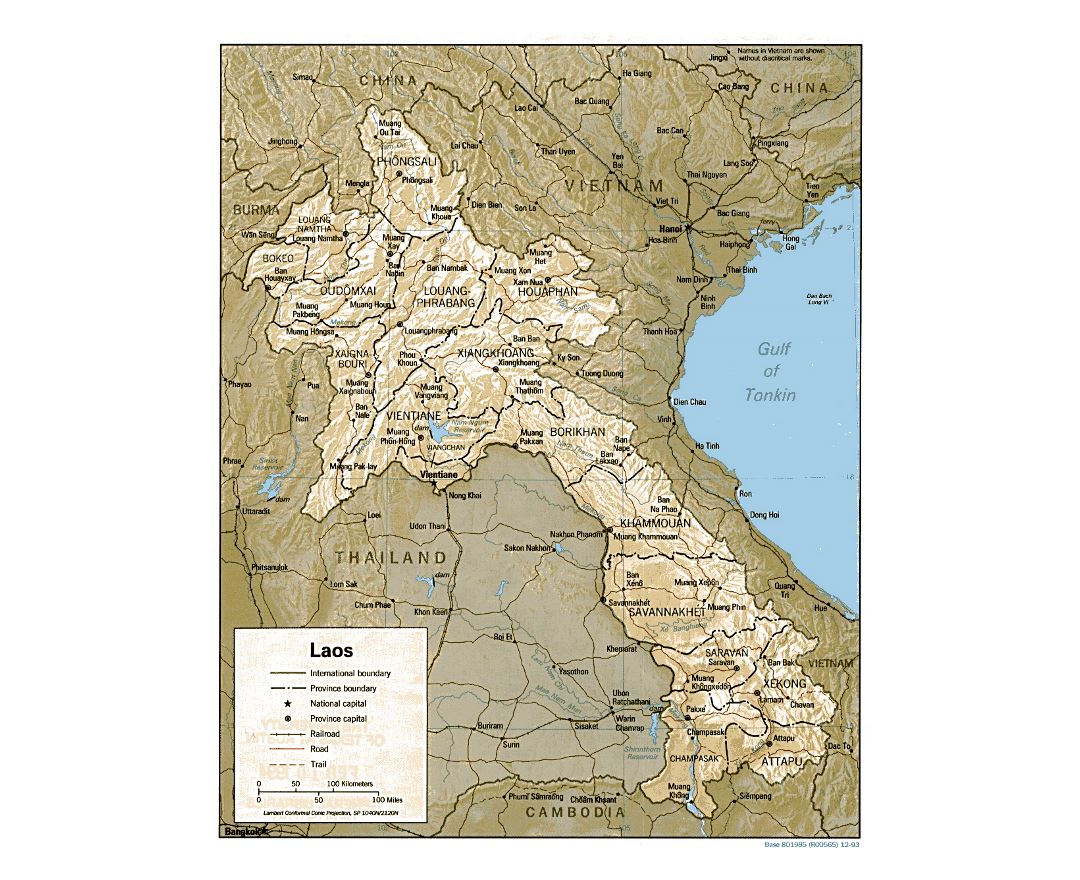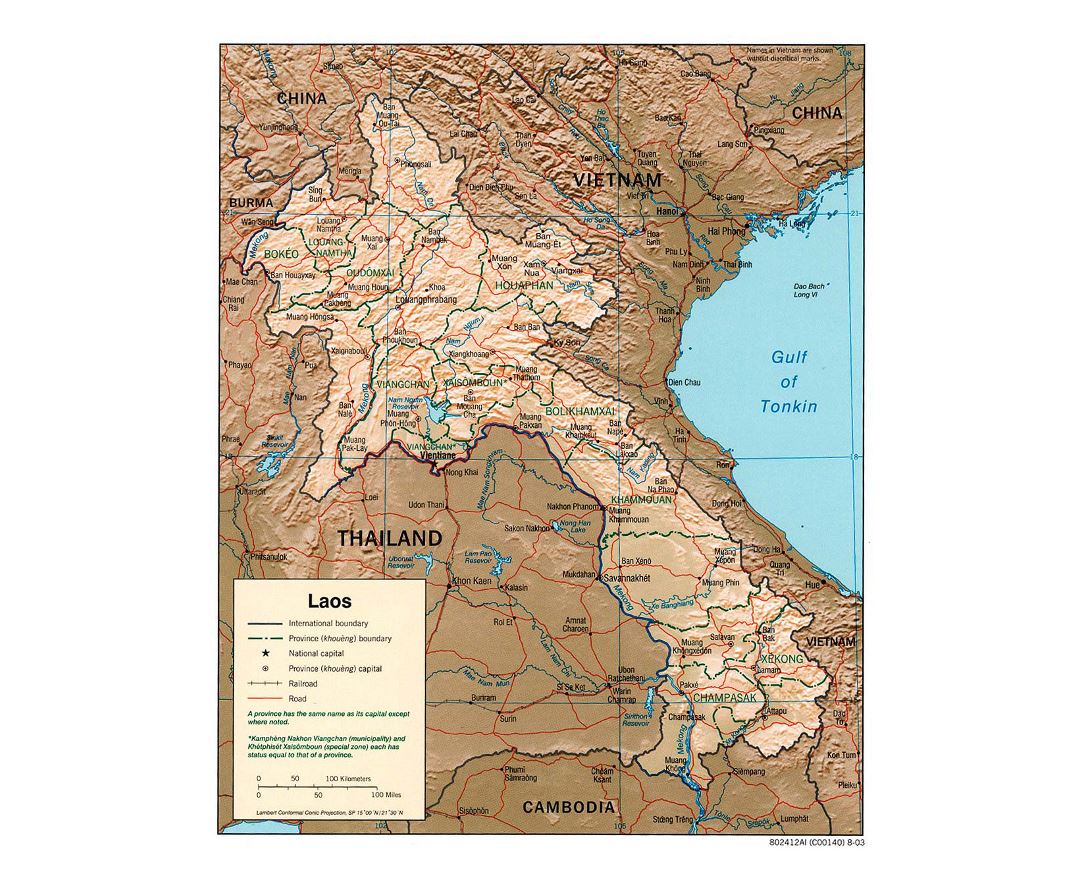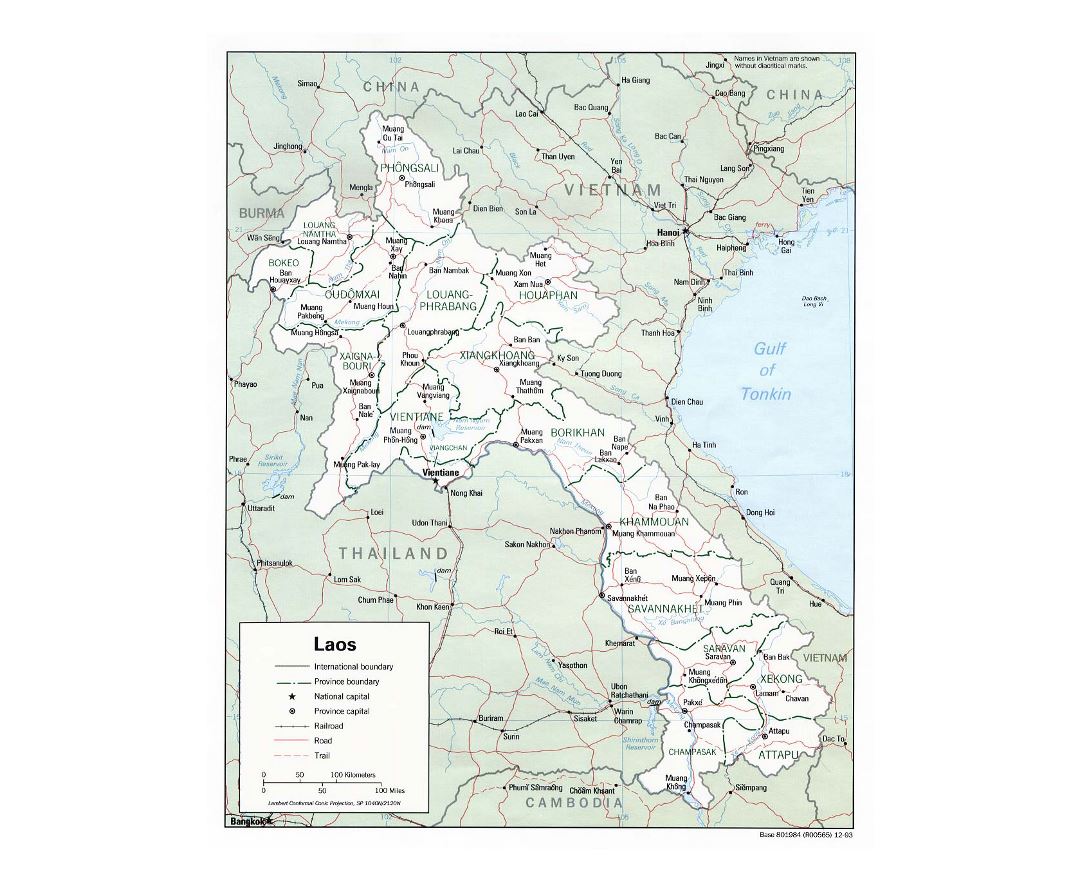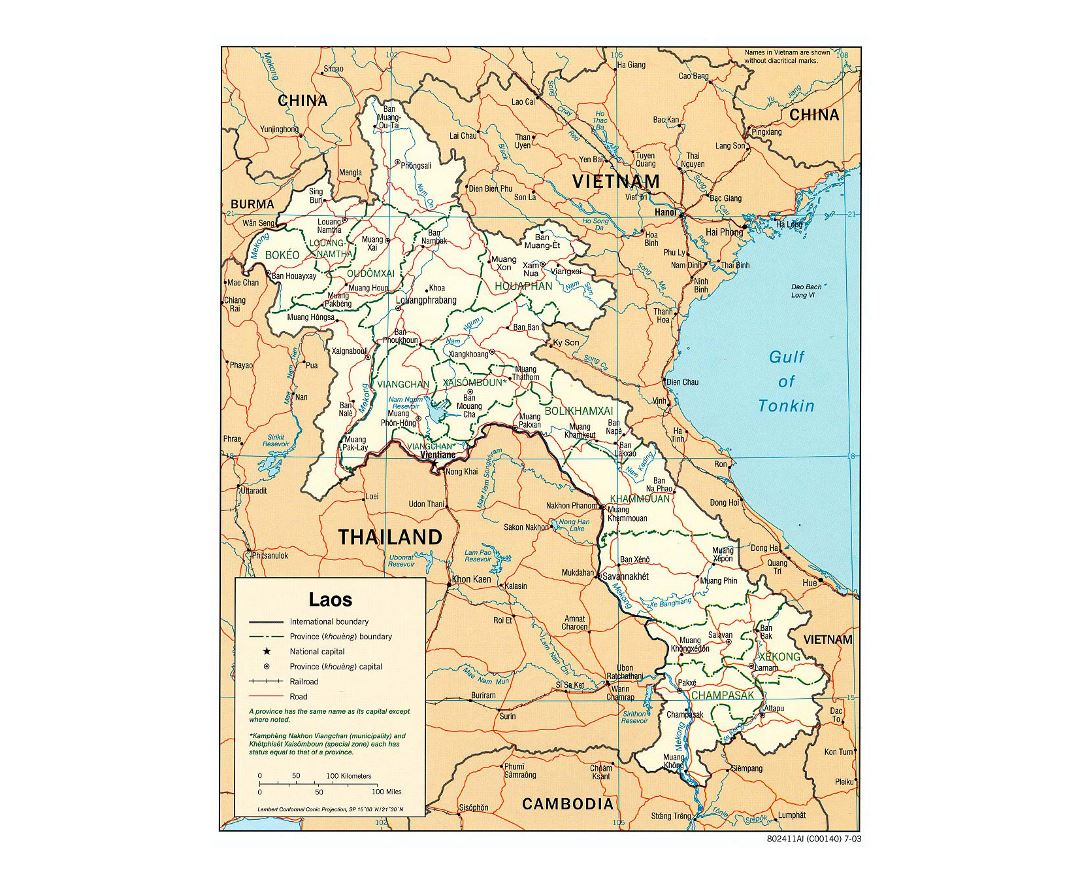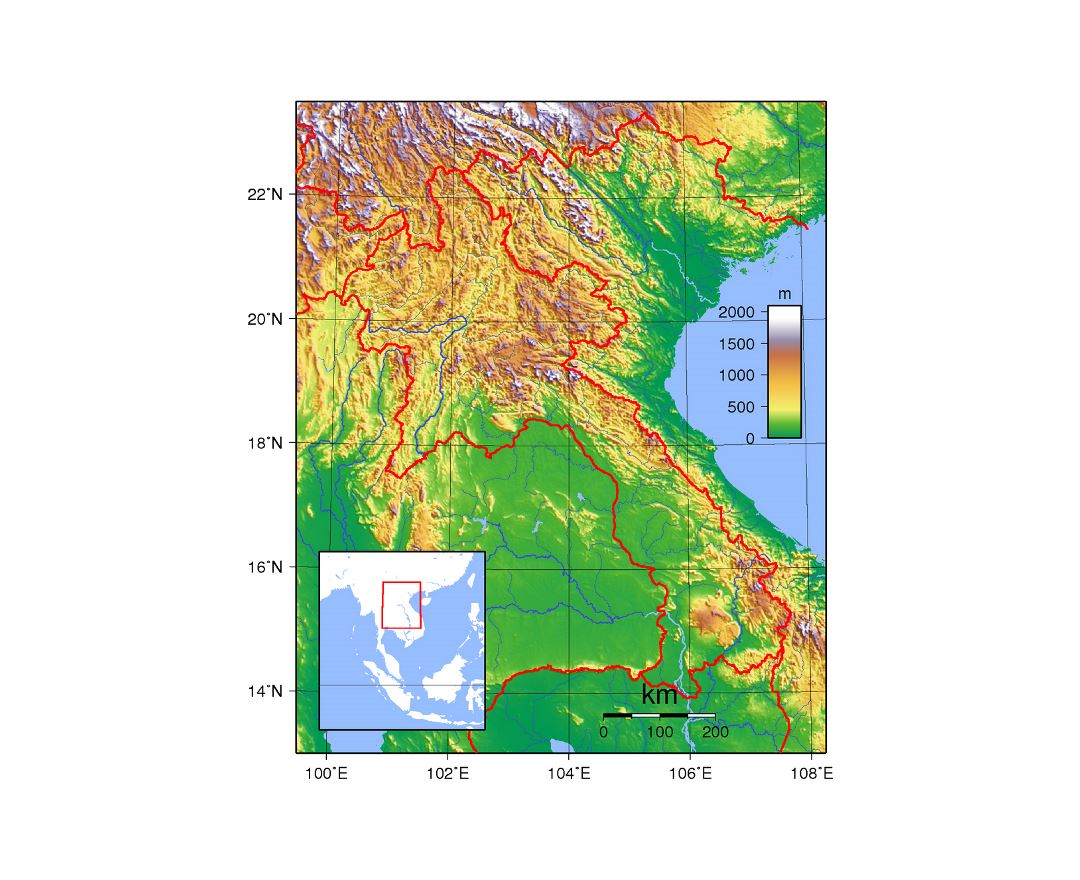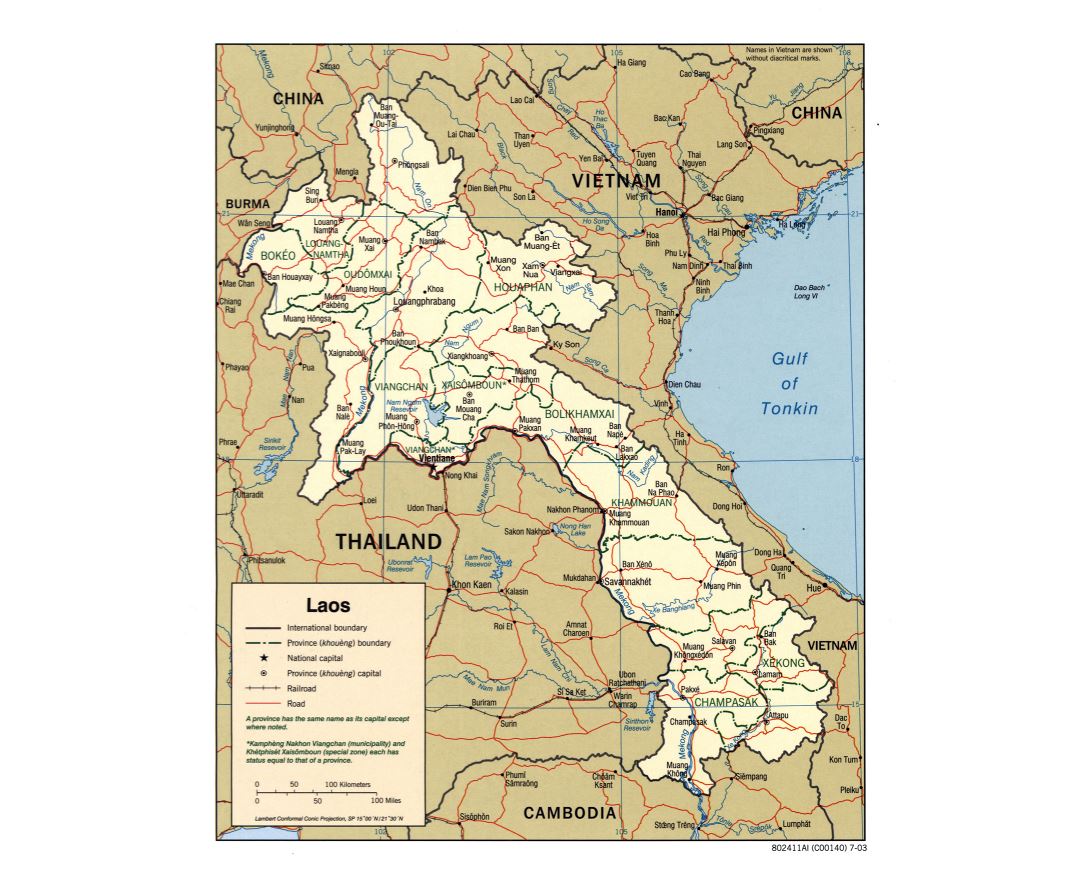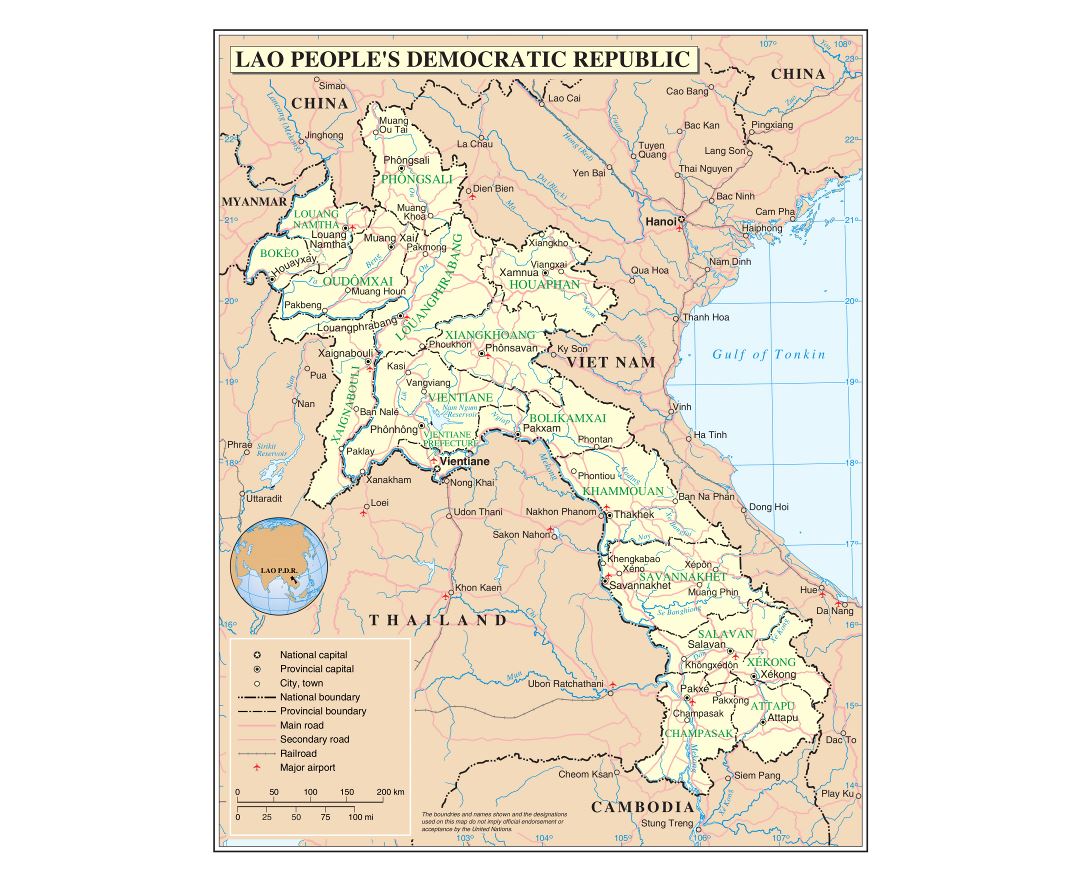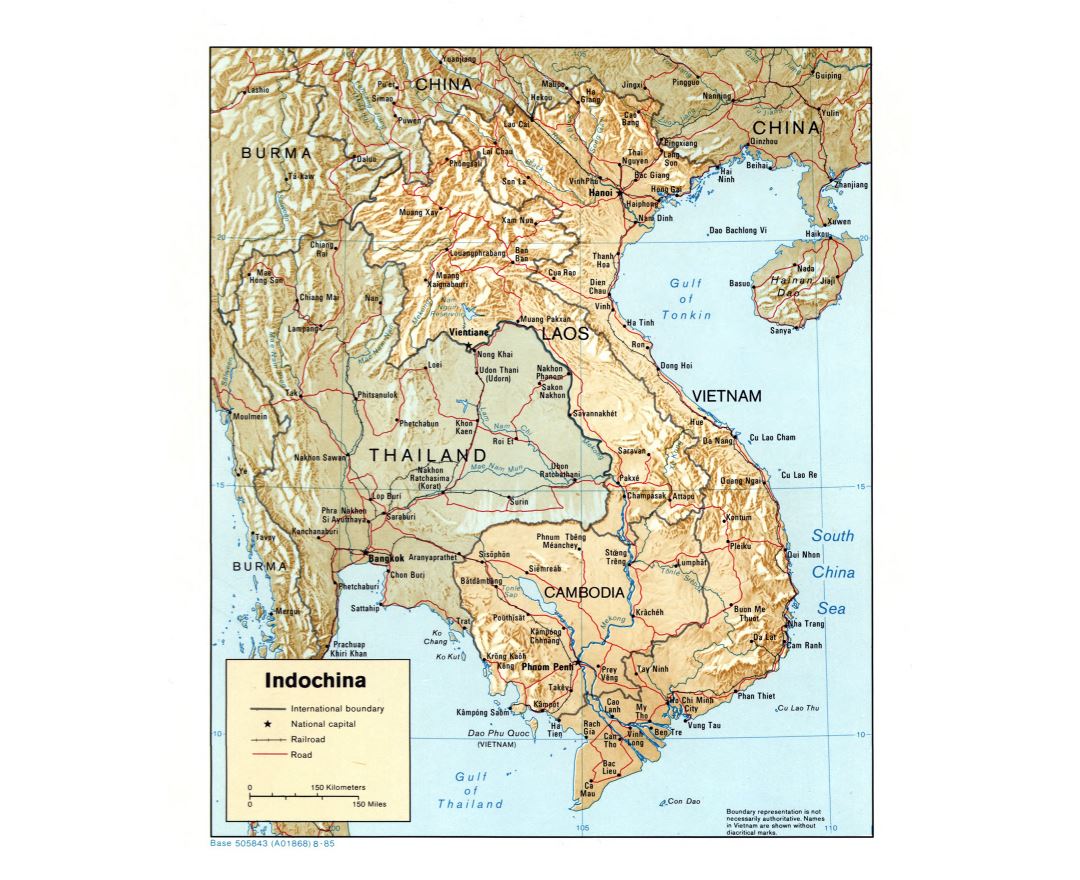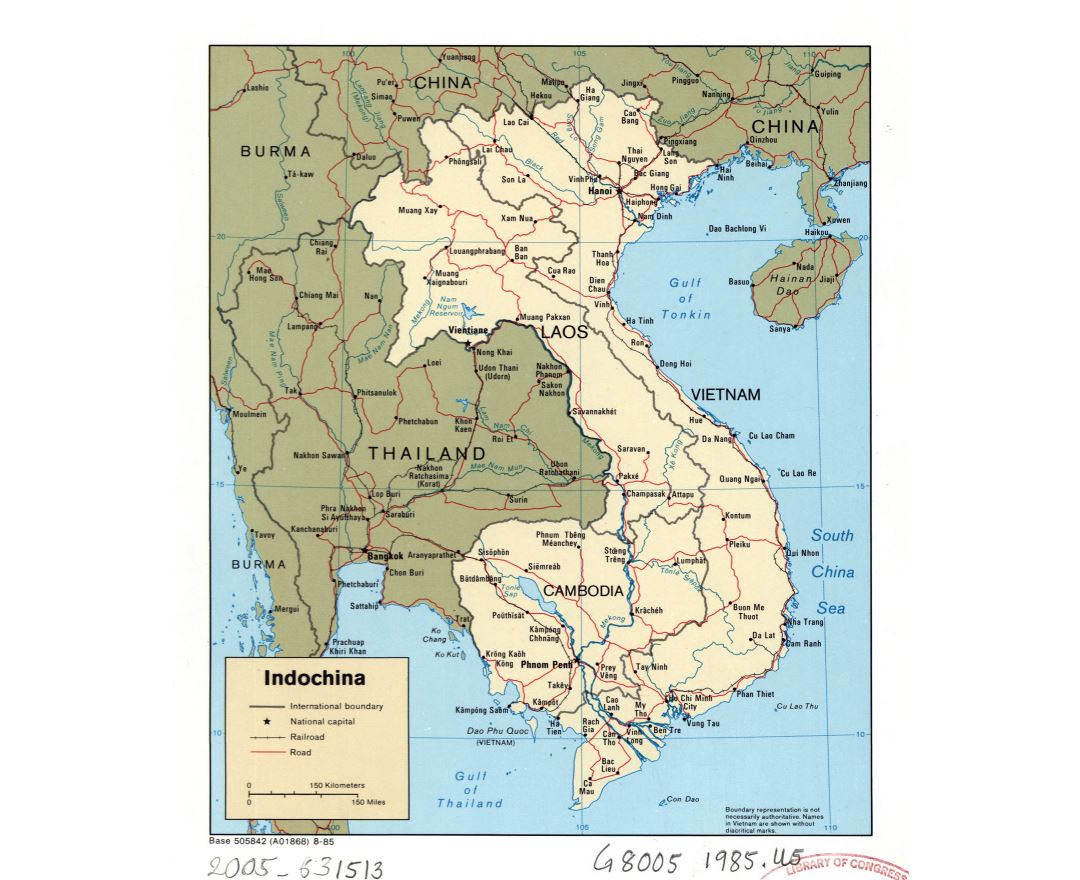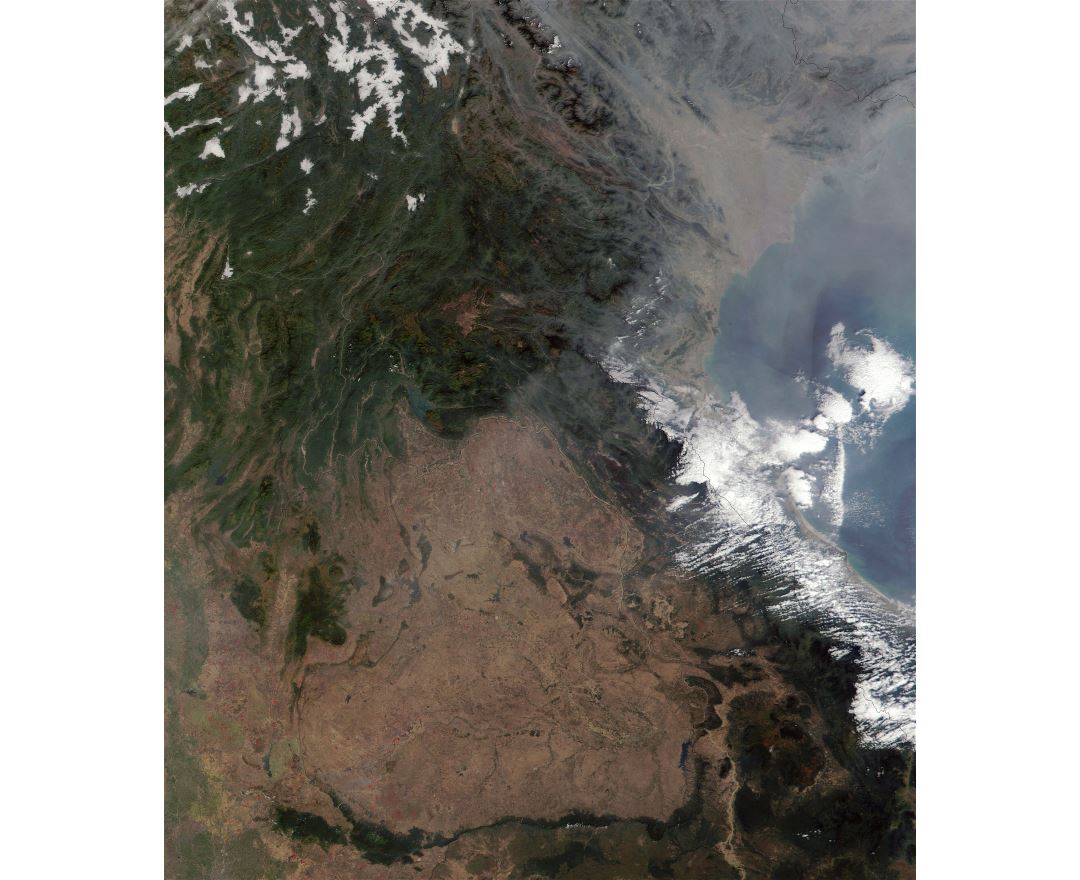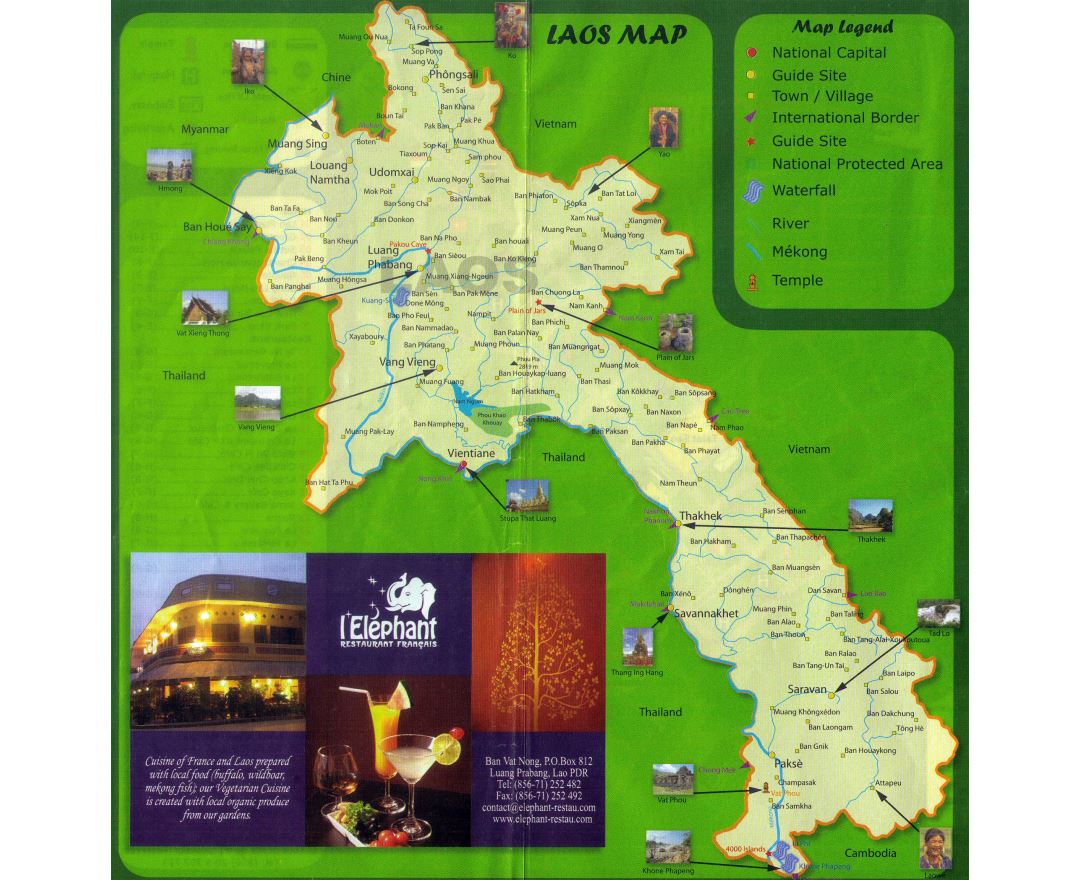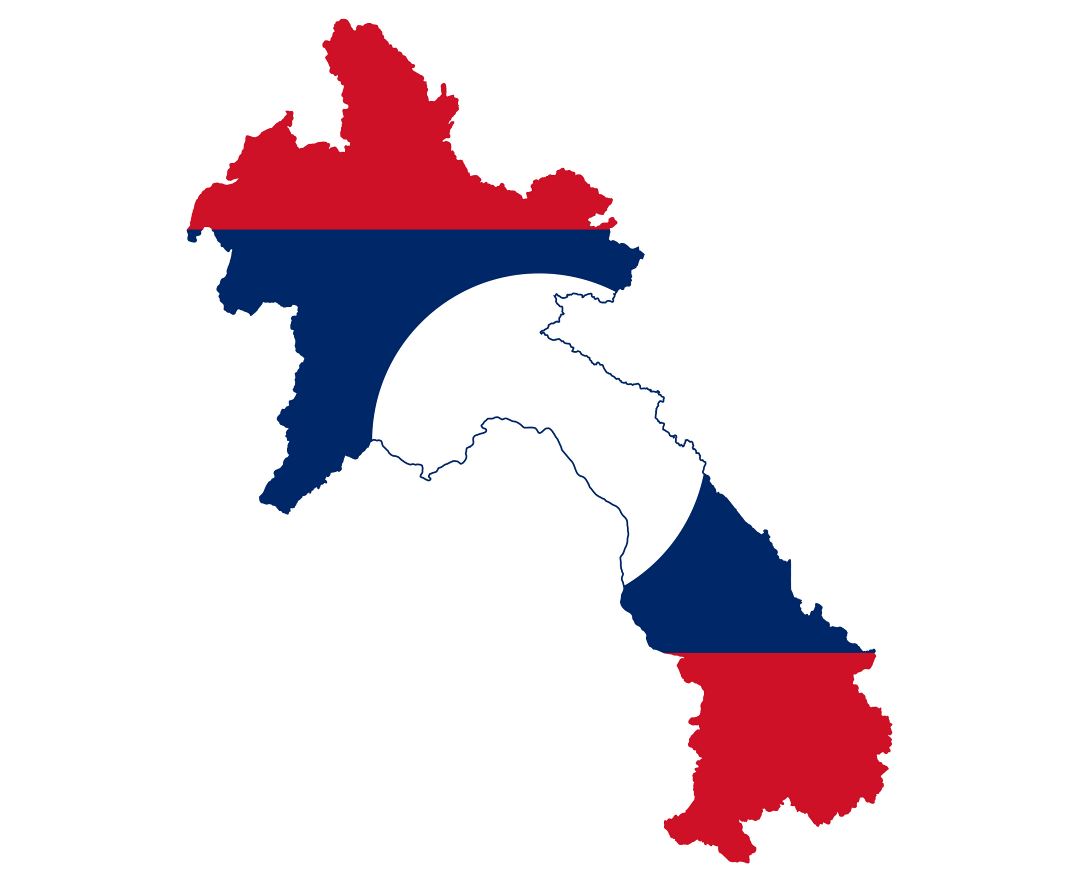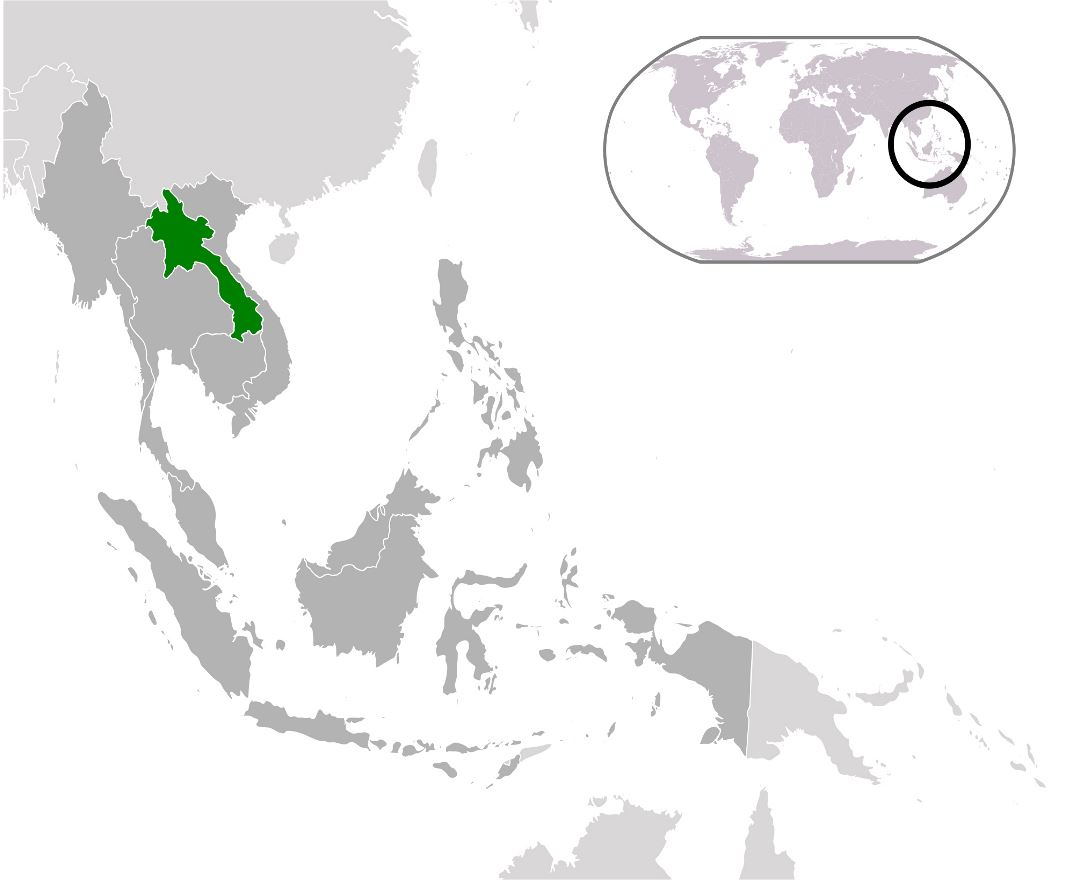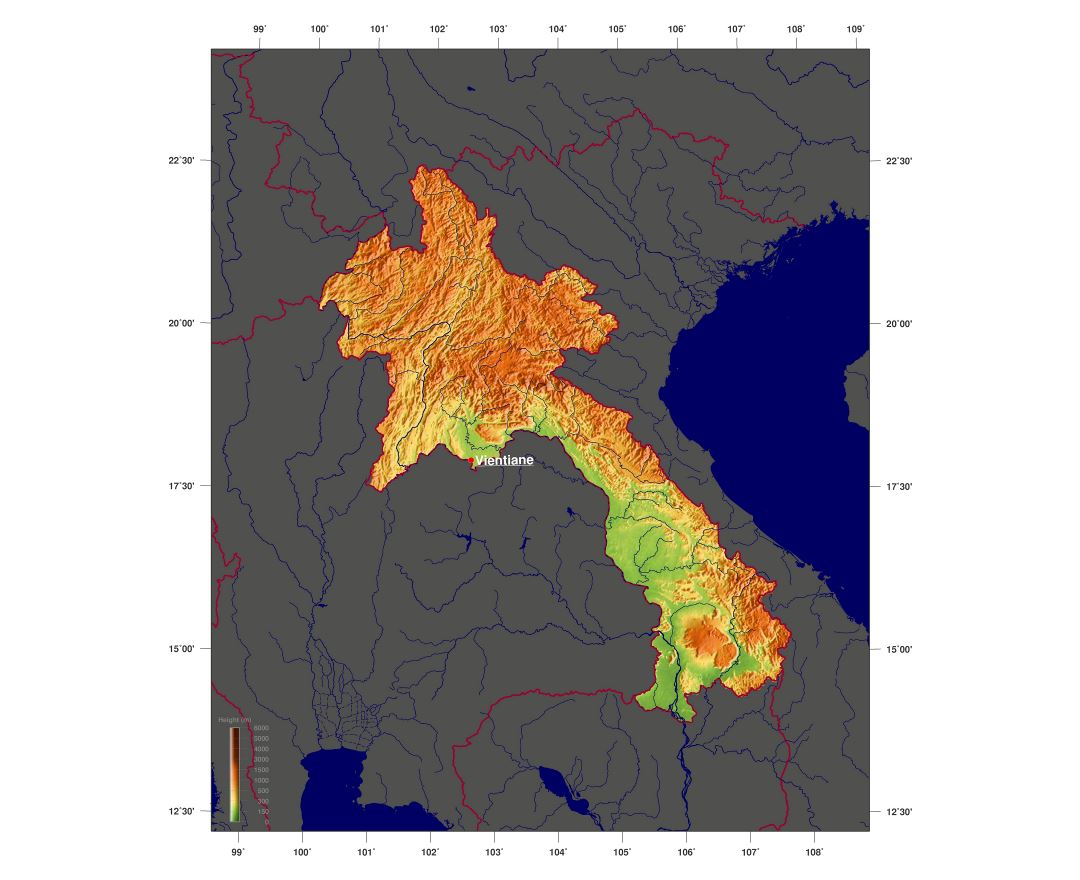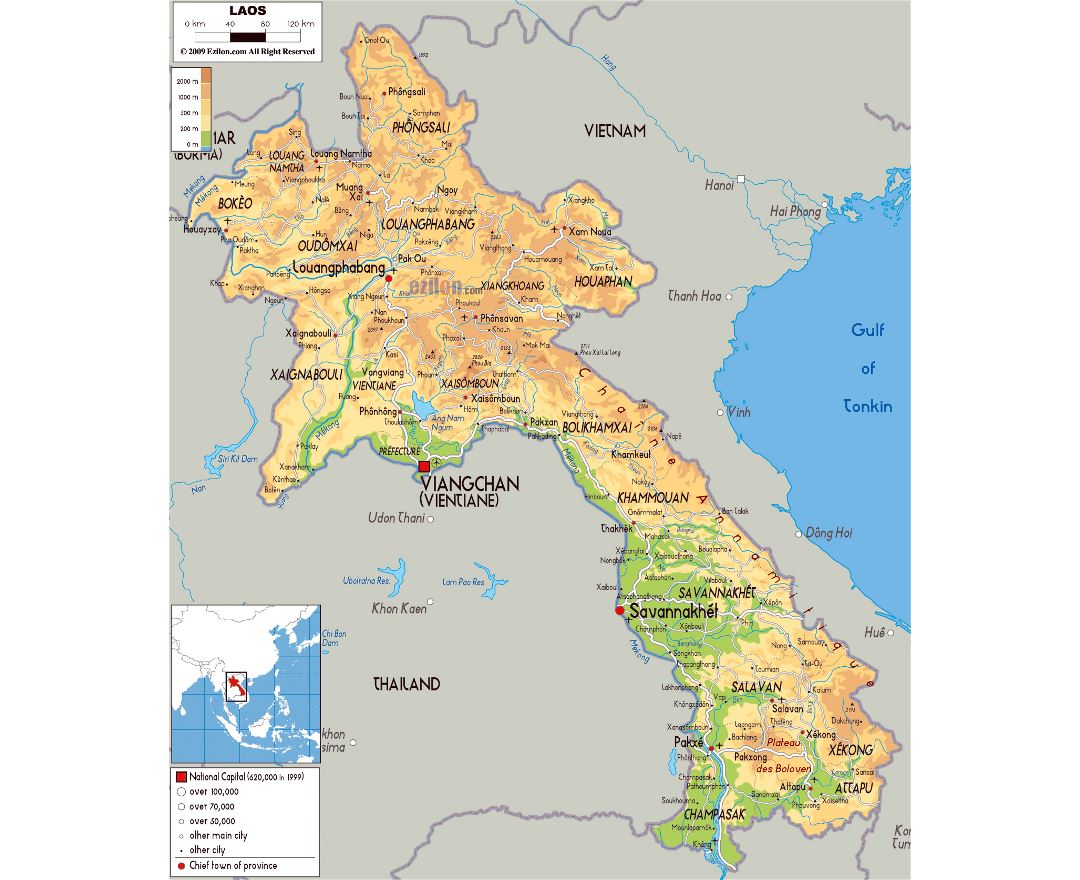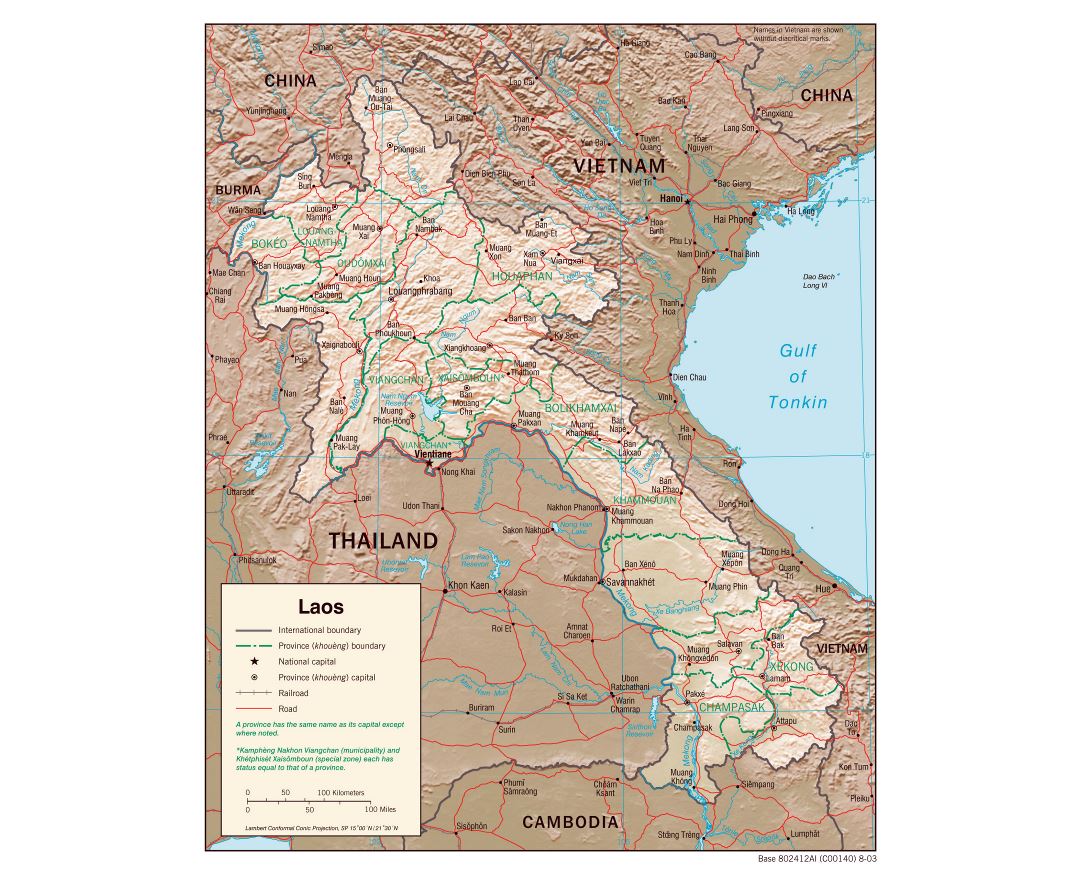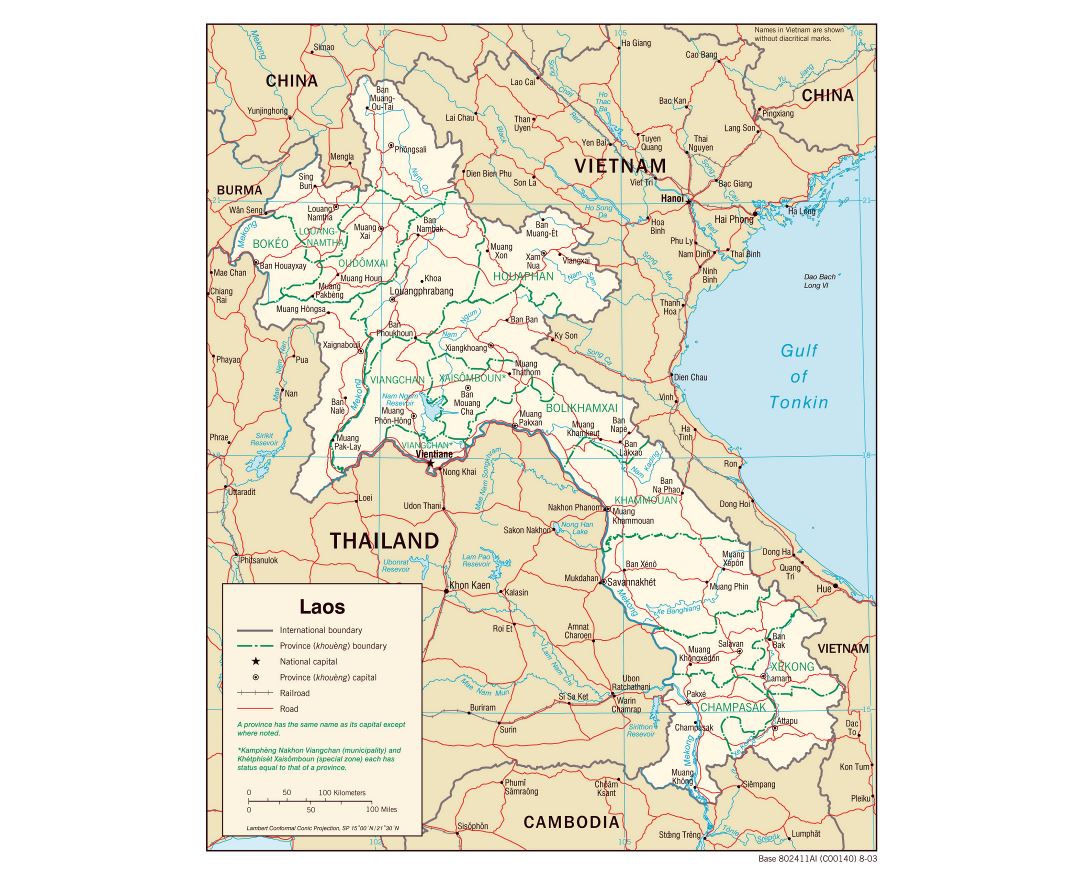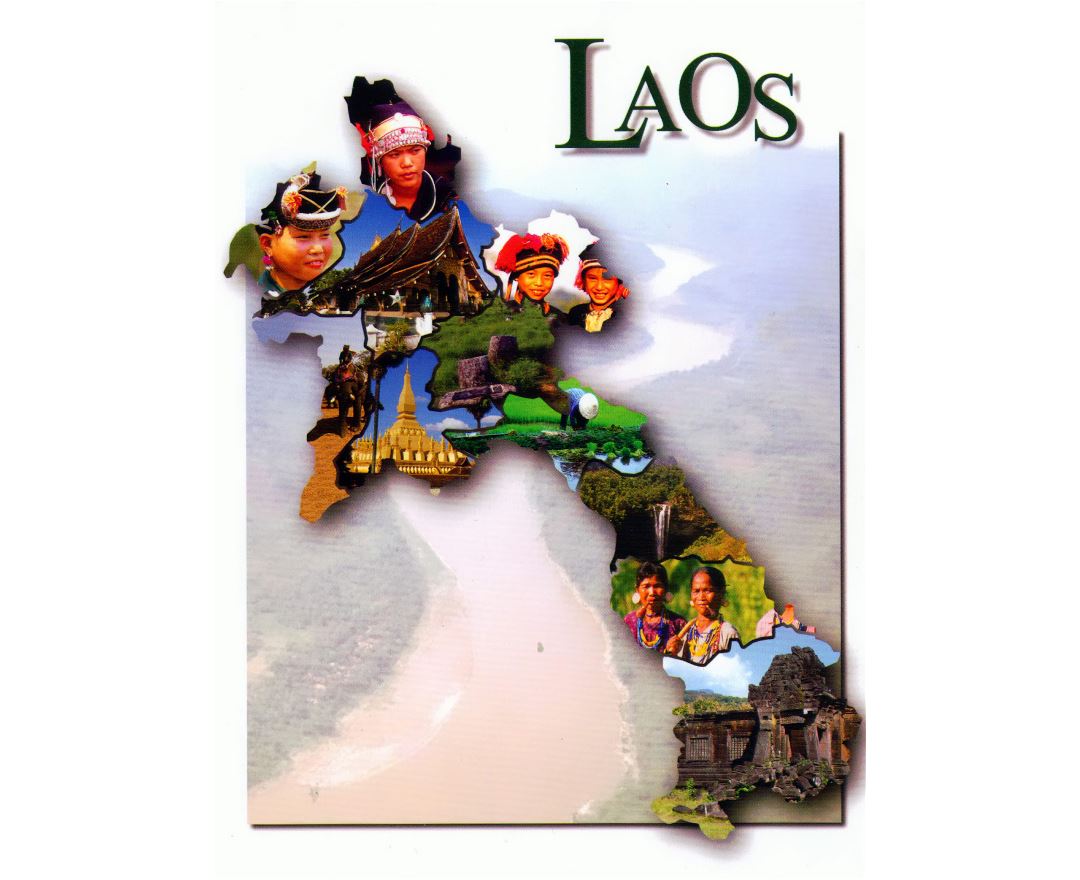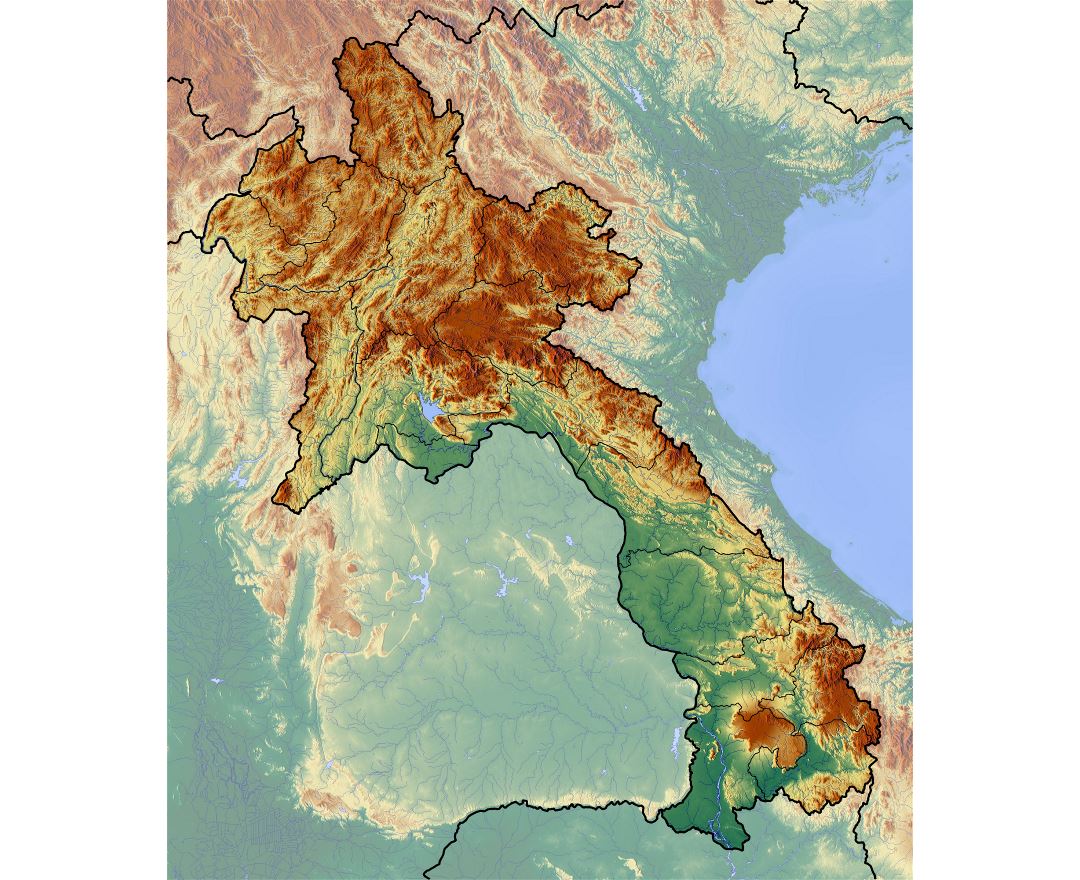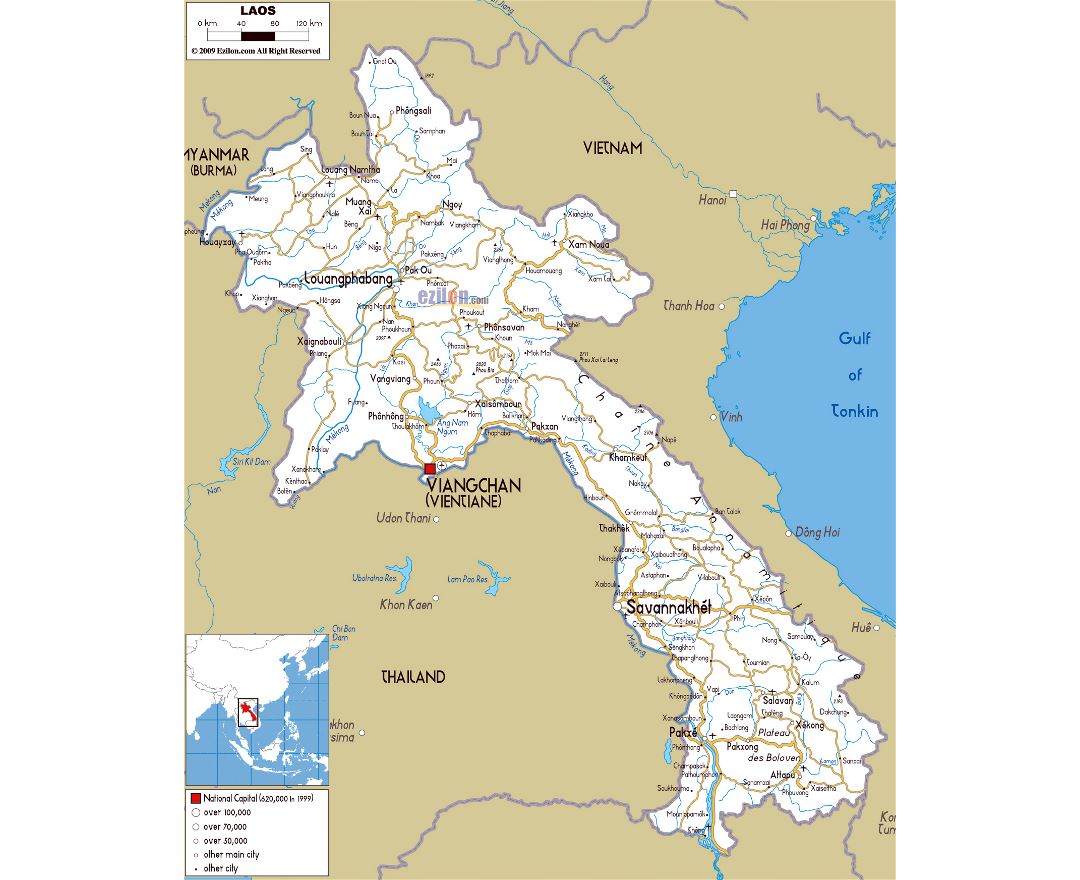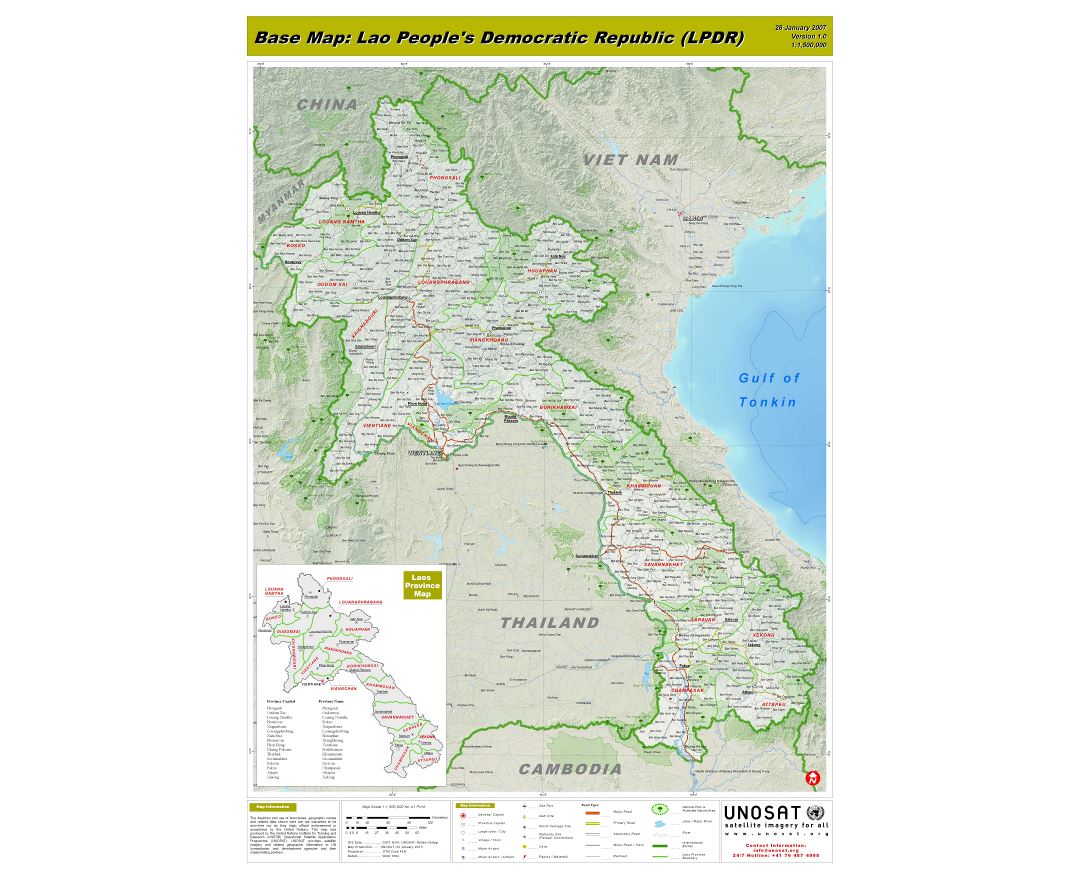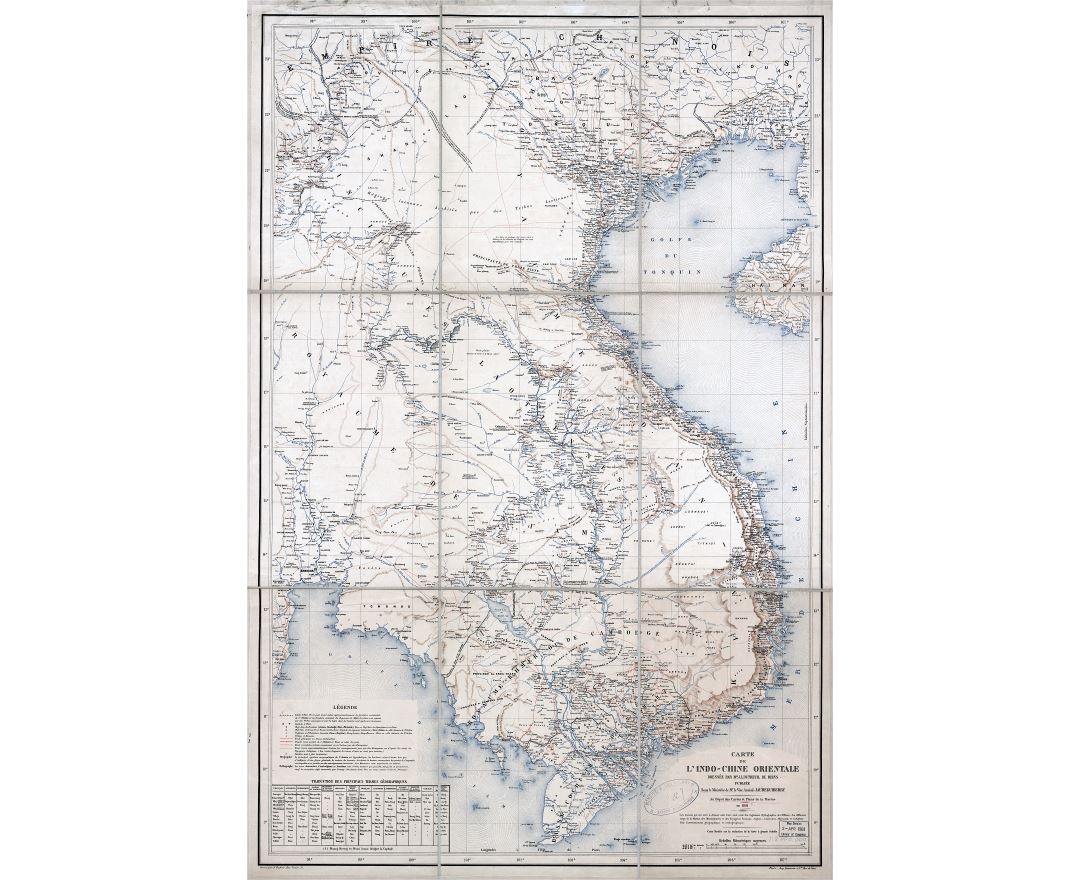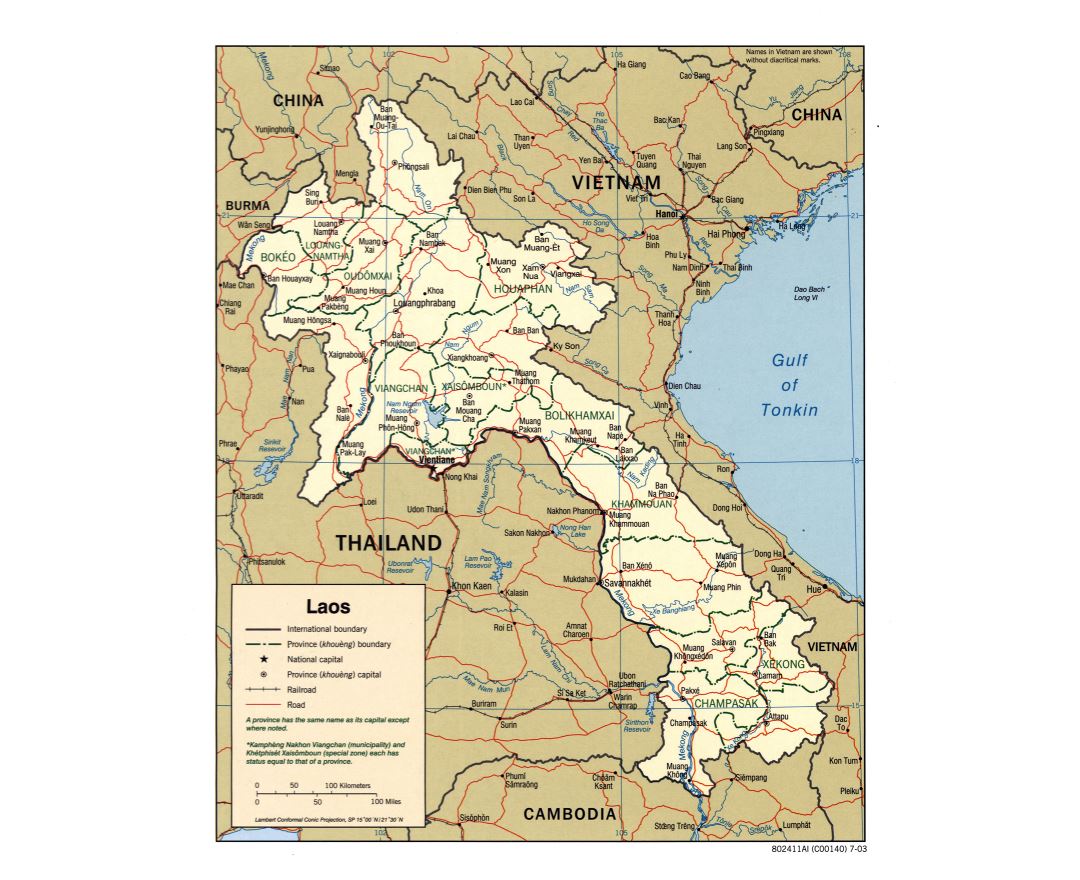Laos
Laos, officially the Lao People's Democratic Republic, or commonly referred to its colloquial name of Muang Lao is a landlocked country in the heart of the Indochinese peninsula of Mainland Southeast Asia, bordered by Myanmar (Burma) and China to the northwest, Vietnam to the east, Cambodia to the southwest, and Thailand to the west and southwest.
Present day Laos traces its historic and cultural identity to the kingdom of Lan Xang Hom Khao (Kingdom of a Million Elephants Under the White Parasol), which existed for four centuries as one of the largest kingdoms in Southeast Asia. Due to Lan Xang's central geographical location in Southeast Asia, the kingdom was able to become a popular hub for overland trade, becoming wealthy economically as well as culturally.
After a period of internal conflict, Lan Xang broke off into three separate kingdoms - Luang Phabang, Vientiane and Champasak. In 1893, it became a French protectorate, with the three territories uniting to form what is now known as the country of Laos. It briefly gained independence in 1945 after Japanese occupation, but returned to French rule until it was granted autonomy in 1949. Laos became independent in 1953, with a constitutional monarchy under Sisavang Vong. Shortly after independence, a long civil war ended the monarchy, when the Communist Pathet Lao movement came to power in 1975.
Laos is a one-party socialist republic. It espouses Marxism and is governed by the Lao People's Revolutionary Party, in which the party leadership is dominated by military figures. The Socialist Republic of Vietnam and the Vietnam People's Army continue to have significant influence in Laos. The capital city is Vientiane. Other large cities include Luang Prabang, Savannakhet, and Pakse. The official language is Lao. Laos is a multi-ethnic country with the politically and culturally dominant Lao people making up approximately 60 percent of the population, mostly in the lowlands. Mon-Khmer groups, the Hmong, and other indigenous hill tribes, accounting for 40 percent of the population, live in the foothills and mountains.
Laos' ambitious strategies for development are based on generating electricity from its rivers and selling the power to its neighbors, namely Thailand, China, and Vietnam, as well as its initiative to become a 'land-linked' nation, shown by the planning of four new railways connecting Laos to those same countries. This, along with growth of the mining sector, Laos has been referred to as one of East Asia and Pacific's fastest growing economies by the World Bank, with annual GDP growth averaging 7% for the past decade.
It is a member of the Asia-Pacific Trade Agreement (APTA), Association of Southeast Asian Nations (ASEAN), East Asia Summit and La Francophonie. Laos applied for membership of the World Trade Organization (WTO) in 1997, on 2 February 2013, it was granted full membership.
According to the anti-corruption non-governmental organisation Transparency International, Laos remains one of the most corrupt countries in the world. This has deterred foreign investment and created major problems with the rule of law, including the nation's ability to enforce contract and business regulation. This has contributed to a third of the population of Laos currently living below the international poverty line (living on less than US$1.25 per day). Laos has a low-income economy, with one of the lowest annual incomes in the world. In 2014, the country ranked 141st on the Human Development Index (HDI), indicating lower medium development. According to the Global Hunger Index (2015), Laos ranks as the 29th hungriest nation in the world out of the list of the 52 nations with the worst hunger situation(s). Laos has also had a poor human rights record.

